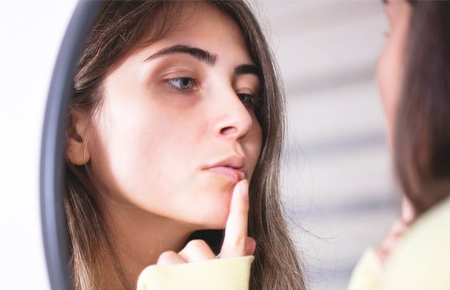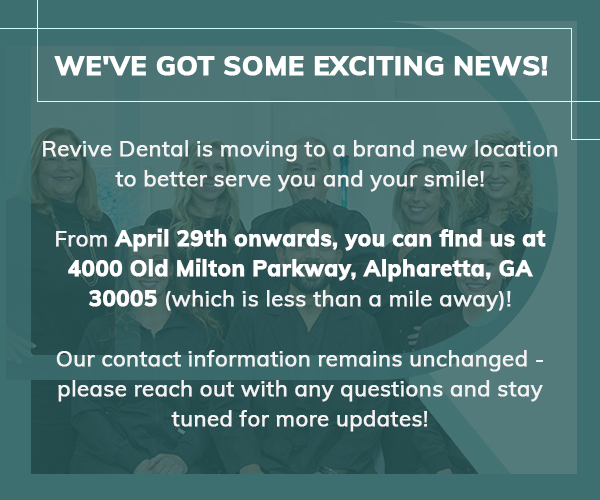Book Online Here

Cold Sore Laser Treatment
Cold sores can normally heal within a few days of the initial breakout and vanish within a few weeks without treatment. Over-the-counter treatments such as creams and ointments can shorten the healing times to three or four days. However, with new laser treatments it has been shown that with early detection and early treatment healing times can be greatly improved and cold sores can even be prevented.
What are cold sores?
How are cold sores treated?
If you feel the initial tingling sensation that accompanies a cold sore outbreak, call your dentist right away. Your dentist can diagnose your cold sore during a routine exam. Laser treatment works by destroying the virus and stopping the progression of the herpetic lesion, meaning you won’t experience more sores.
Here are the typical recovery times you can anticipate:
- Two days with laser treatment
- Four to five days without laser treatment
- Three to four days with ointment or cream
Fully developed lesions may not be treatable with our laser, so it’s important to catch the outbreak early.
What causes cold sores?
Cold sores are a common viral infection. They are tiny, fluid-filled blisters on and around your lips and are often grouped together in patches. After the blisters break, a crust forms over the resulting sore and will usually heal in two to four weeks without leaving a scar.
Cold sores spread from person to person through close contact, such as kissing. They’re caused by a herpes simplex virus (HSV-1) closely related to the one that causes genital herpes (HSV-2). They are contagious even if you can’t see them yet.


